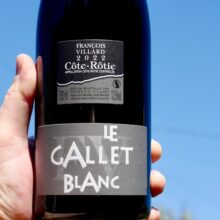
Product information
François Villard Côte-Rôtie ‘Gallet Blanc’ 2022
Shiraz/Syrah from Rhône Valley, Northern Rhône, France, Côte-Rôtie
$209
Description
Deceptive intensity and depth on a transparent framework with superfine fruit of sophistication. A wonderful perfume lifts above. Delicate layers of complexing elements: spice, earthiness & woody herbs. Elegant & fine. Orange citrus & red fruit mingle seamlessly. Deftly developed showing the skilled touch Villard has.
François looks at this wine as the Holy Grail! Delicious now, yet, with incredible ageing potential.
François is making stunning wine. From a 20 year old chef to a vigneron with over 30 years experience his wine wisdom shows.
‘Le Gallet Blanc’ named after his two original vineyard suppliers Monsieurs Gallet and Blanc. Using 100% whole bunch is about maintaining freshness and building a fresh, vibrant wine, with front mid-palate stalk tannin of serious quality, that is surprisingly supple. A beautiful perfume lifts from the glass, both flavour and tannin show layer after layer of pleasure. There is much more energy, definition, and intrigue in François wine.
The 2022 Côte-Rôtie Le Gallet Blanc opens with prominent black fruit, licorice, cured meat and violet scents. Built around ripe tannins, the medium- to full-bodied 2022 is a fleshy and concentrated Côte-Rôtie that should provide ample pleasure with one more year of bottle age. This fermented with 100% whole clusters and aged for 18 months in French oak barriques (10% new).
Nicolas Greinacher, Vinous 93 Points
Greinacher appears to use a lower over all scoring scale compared with Raynold’s.
In stock
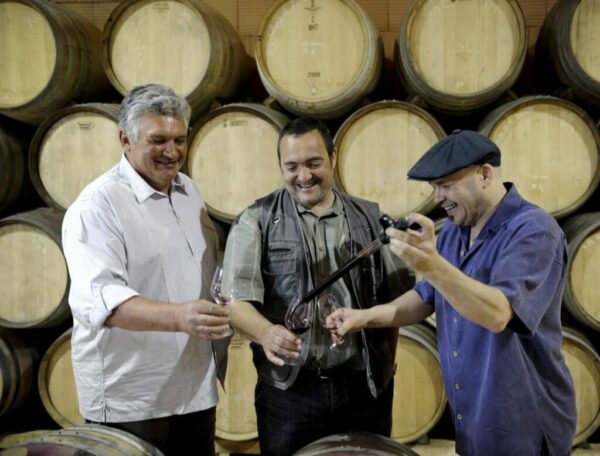










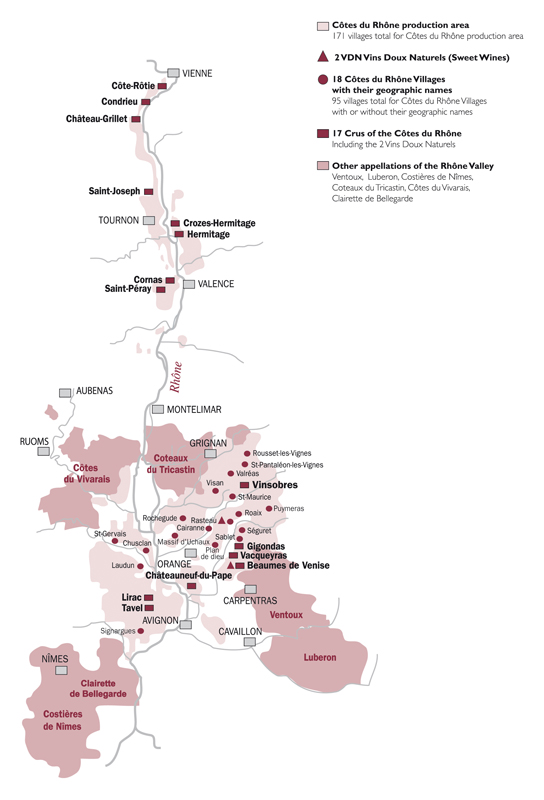
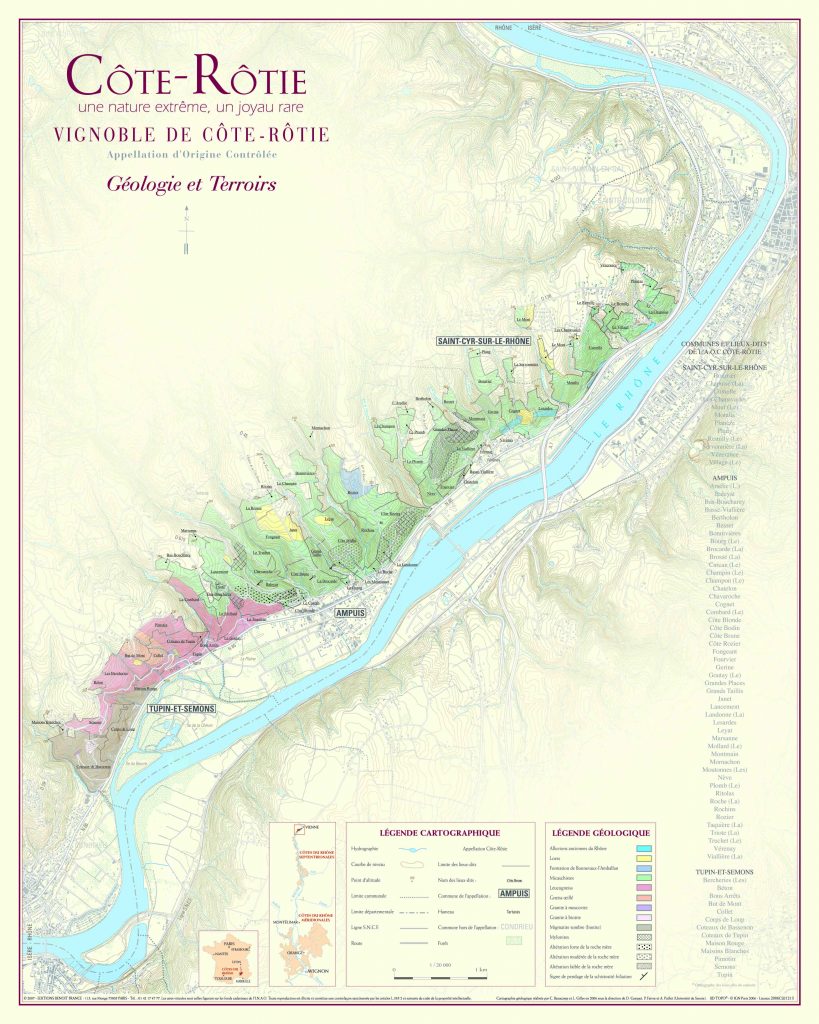
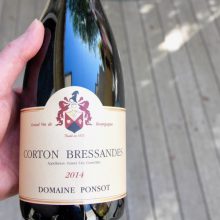
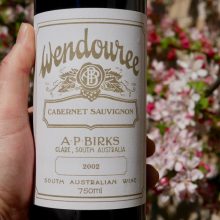
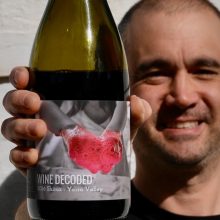

You must be logged in to post a comment.